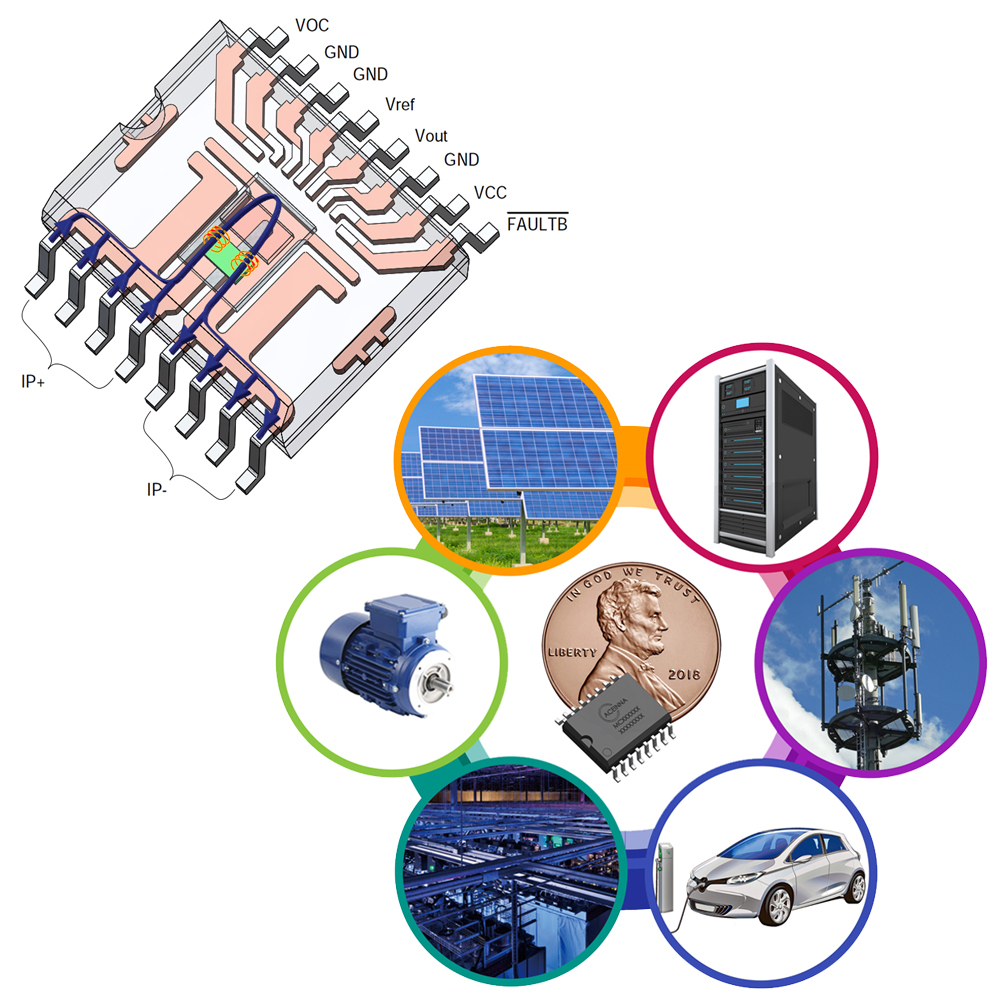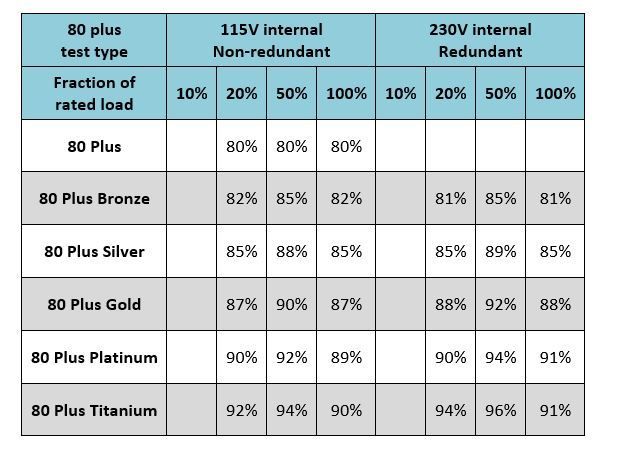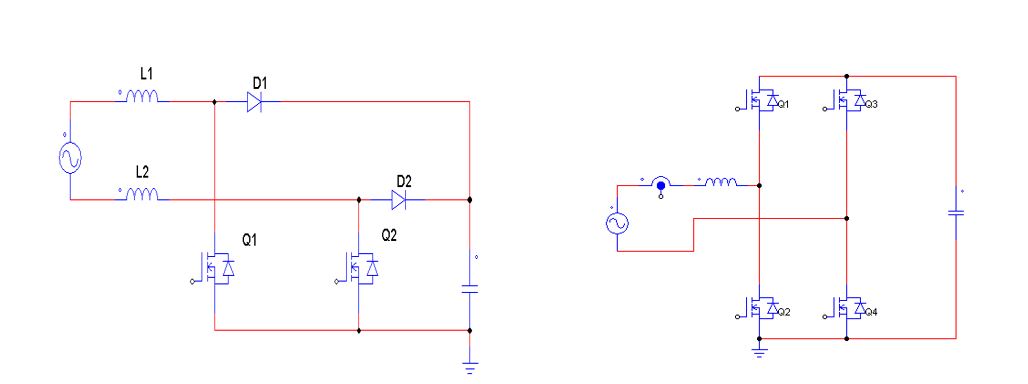Design Considerations of Digital Controlled Totem Pole PFC
Higher efficiency and size are always an important concern in the design of a switching mode power supply, especially for energy saving and environmental protection
Worldwide, the Electronics Industry is seeing substantial changes – driven by Artificial Intelligence, cloud based IoT, next generation RF technologies, Electric Vehicles (EV) and their Advance Driver-Assistance Systems (ADAS) and Autonomous Driving needs, – to the widespread adoption of wide-bandgap power switches based on Silicon Carbide (SiC) and/or Gallium Nitride (GaN) semiconductors. The overall global electrical power demand is also rapidly increasing and is also driving additional demand.

These trends put lots of pressure on power engineers and architects to extend existing power technology boundaries to achieve higher system efficiencies, faster response times, and reliable and robust, smaller size solutions with reduced part counts for lower cost in new generations of electronics system designs.
One such example is power supplies that are pushing to meet 80 Plus Titanium efficiency levels for wide variety of power conversion applications such as telecom, server and data center or other industrial power supplies. To meet the power efficiency and size improvement goals, design of systems need to exploit the advancement in power switches and utilize better suited architectures and solutions in the circuit. The fast switching wideband gap Silicon Carbide (SiC) or Gallium Nitride (GaN) power switches and isolated single chip current sensors in bridgeless Power Factor Correction (PFC) and DCDC converters helps to improves efficiency and thermal management, and to reduce both size and component count to simplify PCB circuits.
Introduction
Higher efficiency and size are always an important concern in the design of a switching mode power supply, especially for energy saving and environmental protection. The Energy-Star 80 PLUS efficiency specification (introduced in 2007) adds higher efficiency levels for AC/DC rectifiers from Gold to Platinum and on to the Titanium level.

Table 1: 80plus Efficiency Standard@1
To meet the 80 Plus Titanium standard, the power supply design needs to achieve 96% Titanium peak efficiency. This means that the target efficiency of Power Factor Correction (PFC) circuit efficiency should be 98.5% for both 115V and 230V input condition overall efficiency of 96% if DCDC Converter efficiency is assumed to be 97.5% (98.5%*97.5%=96 %). In order to achieve that high efficiency level, the most suitable topologies are bridgeless PFC circuits, which do not require a full-wave AC rectifier bridge, and hence reduce related conduction losses. There are two types of bridgeless PFC designs: Bridgeless PFC and Totem Pole PFC (Figures 1A and 1B)
In this paper, we will focus on the design of a 3.3kW Totem Pole PFC. Compared to bridgeless PFC, Totem Pole PFC removes the input bridge rectifier and also uses a MOSFET (Metal Oxide Semiconductor Field Effect Transistor) to replace the rectify diode to greater improve overall efficiency further.

Figure 1: a) Bridgeless PFC, b) Totem Pole PF
Design Consideration of Totem Pole PFC
Why SiC-MOSFET is needed in Totem Pole PFC design
As Figure 2 shows, Totem Pole PFC can be considered a synchronous-rectified boost DCDC converter. (A DCDC boost converter provides output voltage higher than the input voltage.) For a synchronous-rectified boost, a big problem is reverse recovery charge of the MOSFET body-Diode if the converter works in CCM (Continuous Conduction Mode) condition. This means that the Totem Pole PFC can only work in DCM (Discontinuous Conduction Mode) or BCM (Boundary Conduction Mode) mode with traditional Si-MOSFET. But both have challenges.
A DCM PFC can only support low power applications. When using a BCM PFC, the operation frequency varies widely. In addition, the peak current will be 2 times of a CCM PFC, which increases the difficulty of EMI filter design and efficiency optimization. With the availability of fast switching wideband gap transistor SiC and GaN based power switches, which have minimal reverse recovery charge along with other advantages, Totem Pole PFC designs can now operate in CCM mode to provide higher efficiency and higher power.
In the paper, we will discuss a Totem pole architecture and design based on SiC MOSFETs, magnetic current sensing and CCM control. We chose a SiC-MOSFET C3M0065090K from Wolfspeed as the high frequency switches and a IXFH80N65X2 from IXYS as the low frequency switches. The choice of SiC-MOSFET over GaN-MOSFET is based on SiC-MOSFET providing higher breakdown voltage needed for this application. Using a SiC-MOSFET can dramatically reduce the reverse recovery loss enabling the Totem Pole PFC to work in CCM mode to support higher power. Si-MOSFET to SiC-MOSFET provide different amounts of body-Diode loss.
Read the entire article at Power Electronics News https://www.powerelectronicsnews.com/design-considerations-of-digital-controlled-totem-pole-pfc/
ABOUT ACEINNA
FOR MORE INFORMATION
Tel: 978-965-3200 Fax: 978-965-3201
Email: info@aceinna.com